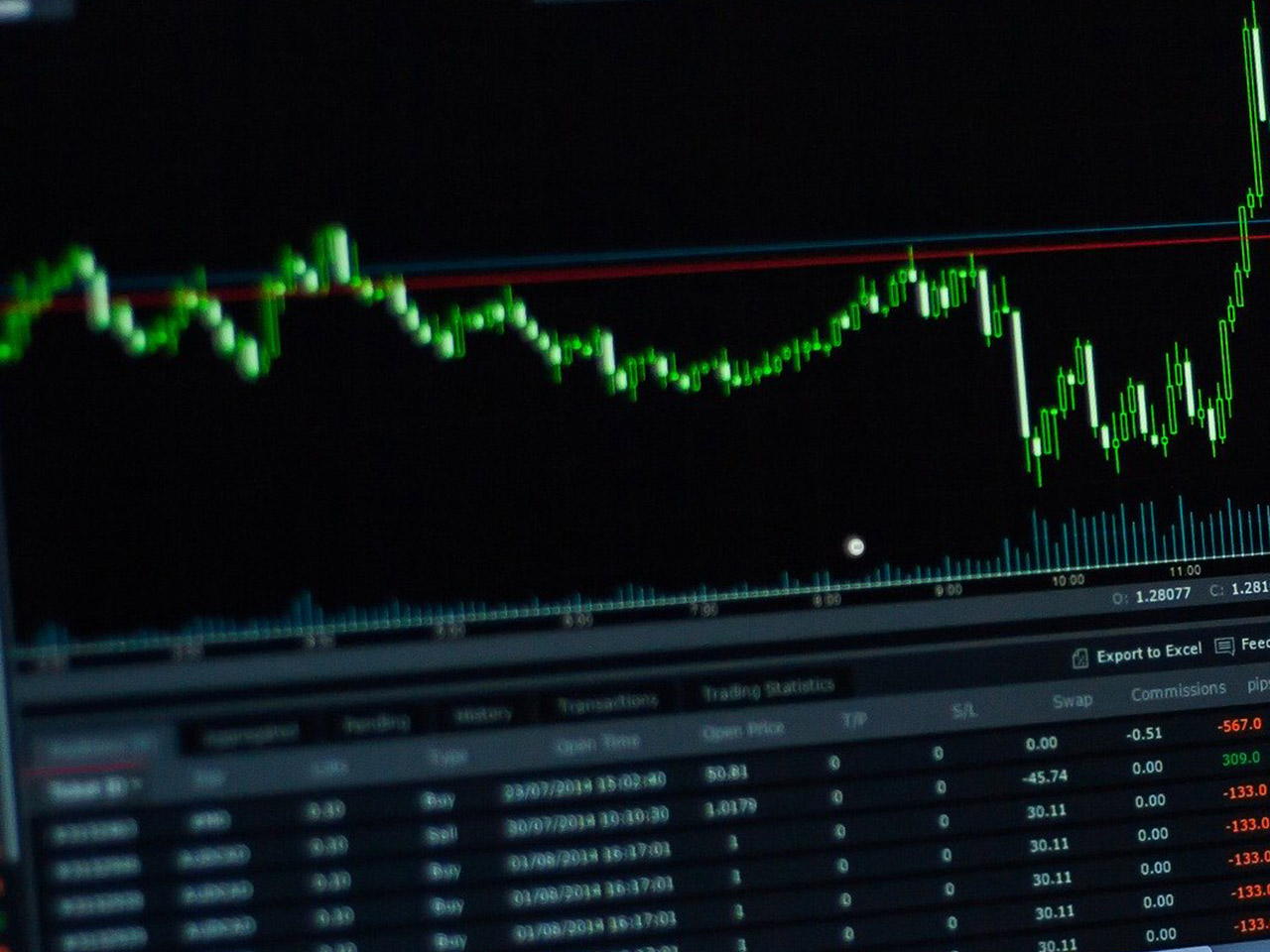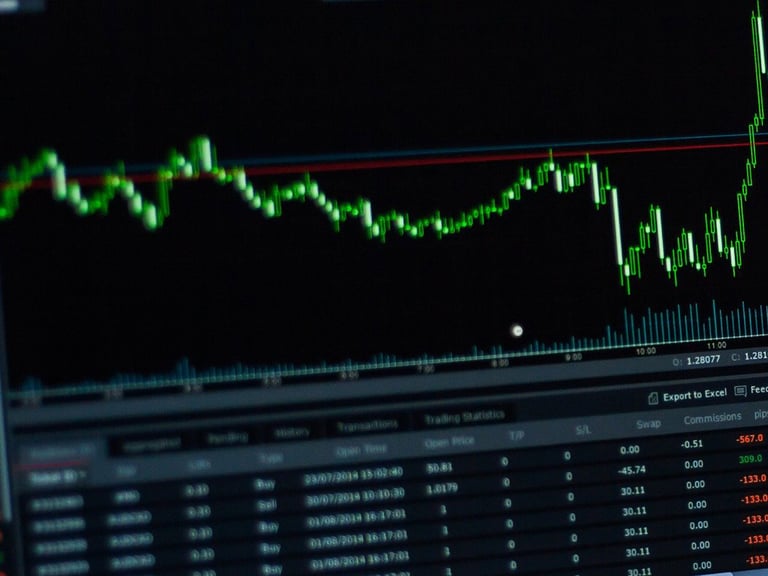Intel Corporation (NASDAQ: INTC), a venerable player in the technology sector, stands at a pivotal moment in its storied history. With a current market capitalization of $99.03 billion, Intel is navigating a challenging landscape characterized by rapid technological advancements and intense competition within the semiconductor industry. As Intel grapples with these challenges, individual investors are left to ponder whether the company’s current stock price of $22.71 represents a compelling investment opportunity.
Intel’s recent financial performance reveals a mixed bag of metrics that investors should scrutinize carefully. The company’s revenue growth has contracted by 7.40%, and its earnings per share (EPS) stand at -4.38, reflecting the pressures the company faces in a fiercely competitive market. Furthermore, Intel’s return on equity is a concerning -17.89%, highlighting the company’s struggle to generate profits from shareholder equity. Free cash flow, a critical indicator of financial health, is also in negative territory at approximately -$13.2 billion.
Despite these challenges, Intel offers a dividend yield of 2.24%, which may attract income-focused investors. However, it’s crucial to note that the payout ratio, a measure of the proportion of earnings paid out as dividends, is an alarming 208.33%. This suggests that Intel is currently paying dividends out of its reserves rather than generated profits, a strategy that may not be sustainable in the long term.
For value-oriented investors, the forward price-to-earnings (P/E) ratio of 19.88 provides a lens into market expectations for Intel’s future earnings. While this figure is reasonable compared to industry peers, potential investors should weigh it against the backdrop of Intel’s current operational challenges and the broader semiconductor market dynamics.
Analyst sentiment towards Intel remains cautiously optimistic, with 39 hold ratings dominating the landscape compared to just 2 buy ratings and 3 sell ratings. The average target price of $22.90 suggests a modest potential upside of 0.83% from current levels, indicating that the stock might be fairly valued at present. The target price range spans from a low of $17.70 to a high of $31.00, reflecting diverse opinions on the company’s future trajectory.
From a technical perspective, Intel’s stock is trading below its 200-day moving average of $23.65, which could signal potential weakness. The Relative Strength Index (RSI) of 10.67 suggests that the stock may be oversold, possibly offering a buying opportunity for contrarian investors seeking entry points in undervalued assets.
Intel’s extensive portfolio, encompassing CPUs, GPUs, and advanced process technologies, positions it well to capitalize on emerging trends in AI, edge computing, and digital transformation. However, the company’s ability to execute its strategy effectively in an evolving tech landscape will be crucial in determining its future success.
For investors considering Intel, the decision hinges on weighing the allure of its dividend yield against the backdrop of its current financial challenges and competitive pressures. As Intel strives to regain its footing in the semiconductor arena, savvy investors should remain vigilant, balancing short-term market dynamics with long-term growth potential.
The information in this article should not be taken as advice. Readers should conduct their own due diligence and seek independent financial advice before making any investment decisions.





































